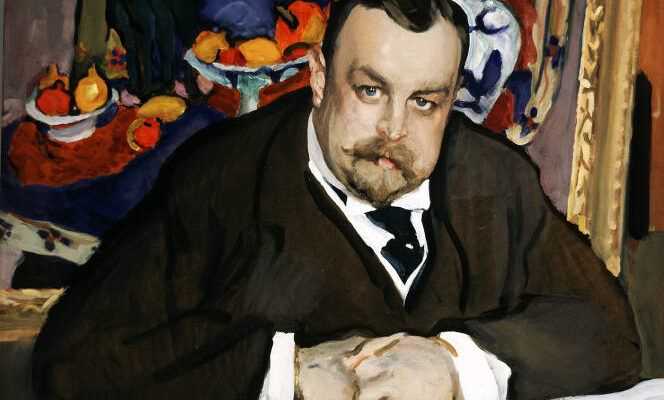You liked Shchoukine, you will love Morozov. Five years after the blockbuster exhibition of the collection of the first (more than 1.2 million visitors to the “Icons of modern art” counter), the Louis Vuitton Foundation dreams of a new box with the Gauguins, Cézanne, Van Gogh, Bonnard or Malevich by brothers Mikhail and Ivan Morozov.
To obtain these 200 or so treasures confiscated and nationalized during the Russian Revolution, the LVMH group has deployed all its financial power – the insurance value amounts to several billion euros – and political. Because crating the best, or almost the best of the Pushkin Museum and the Tretyakov Gallery in Moscow, as well as the Hermitage Museum in St. Petersburg, is a matter of state. Evidenced by the copious catalog of the exhibition, prefaced by Emmanuel Macron and Vladimir Poutine in person.
Five years of work
It was man to man, between the boss of LVMH, Bernard Arnault, and the Russian leader that the pact was sealed on November 28, 2016 in the Kremlin. “The discussion lasted several hours and was not just about art”, says Jean-Paul Claverie, sponsorship advisor for the LVMH group. Russia is a juicy market for cosmetics and spirits from the luxury group. When the richest man in France slips the subject Morozov, Vladimir Putin is enthusiastic.
“Years ago it would have seemed almost impossible, admits Jean-Paul Claverie, but the resounding success of the Chtchoukine adventure established a relationship of trust. “ Five years of work begin, with their share of logistical problems and pitfalls, of which the coronavirus was undoubtedly the most unpredictable and the most disabling.
Between the French luxury group and Russian museums, the honeymoon began in 2015, when the Louis Vuitton Foundation brought in The Dance, by Matisse, kept at the Hermitage, for the exhibition “The Keys of a Passion”. It continued the following year with the “Shchukin” exhibition. At the time, relations between the two countries were icy, due to the annexation of Crimea by Putin in 2014 and international sanctions.
A delicate dialogue
Jean-Maurice Ripert, then French Ambassador to Russia, nonetheless mentions “An affirmed desire that cultural relations, from people to people, continue”. Memories of before the fall of the Wall come to the surface: in 1979, the “Paris-Moscow” exhibition at the Center Pompidou had to face the ideological reluctance of the time. For the curators, the hardest part was locating the works of the Russian avant-garde, scattered across the four corners of a bureaucratized but archaic country.
You have 65.92% of this article to read. The rest is for subscribers only.
